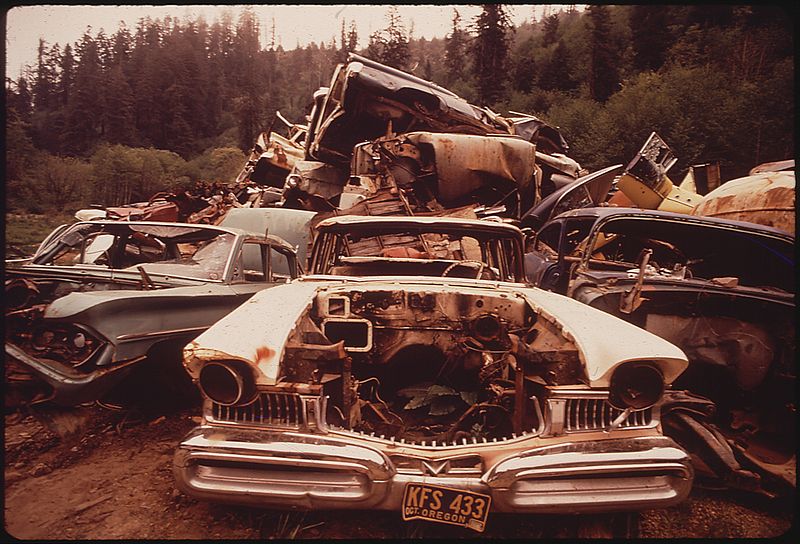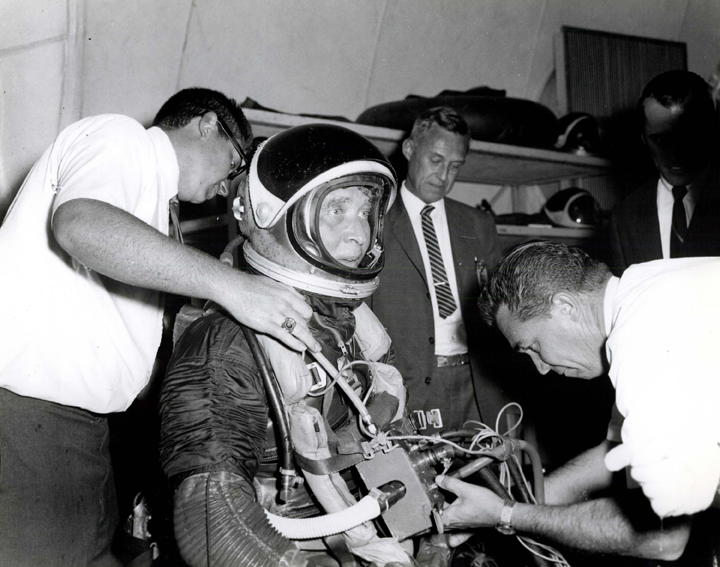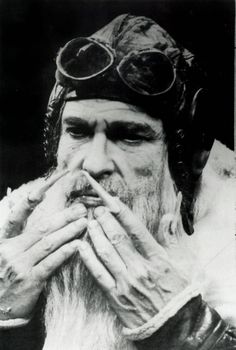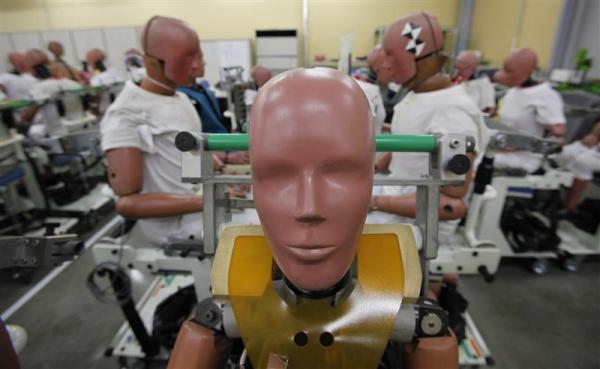Even if we were treating our environment well–and we’re not–eventually weather patterns will shift and the agrarian culture we’ve enjoyed will be imperiled. So it makes sense for humans to experiment with genetically modified foods. I know it seems intuitive that natural food is good and laboratory modifications are bad, but there is plenty of poison in nature. We should demand transparency from corporations involved with our food chain, but we should proceed. We need to have an honest discussion, not disinformation. Unfortunately, we’re often getting the latter. From Bjørn Lomborg at Slate:
“French researcher Gilles-Eric Séralini attempted to fuel public opposition to genetically modified foods byshowing the public how GM corn, with and without the pesticide Roundup, caused huge tumors and early death in 200 rats that had consumed it over two years.
Supplying an abundance of pictures of rats with tumors the size of ping-pong balls, Séralini certainly captured the public’s attention. France’s health, ecology, and agriculture ministers promised a prompt investigation and threatened to ban imports of Monsanto’s GM corn to the European Union. Russia actually did block imports of Monsanto corn.
But Séralini’s research posed many problematic issues. For starters, the Sprague-Dawley strain of rats that he used is naturally prone to tumors. Studies of Sprague-Dawley rats show that 88 percent to 96 percent of those that serve as experimental controls develop tumors before they reach two years of age. But the public saw only pictures of tumorous rats that had consumed GM corn and Roundup. If the public had seen the similarly grotesque tumors that grow on untreated rats, officials most likely would not have acted so hastily.”


























